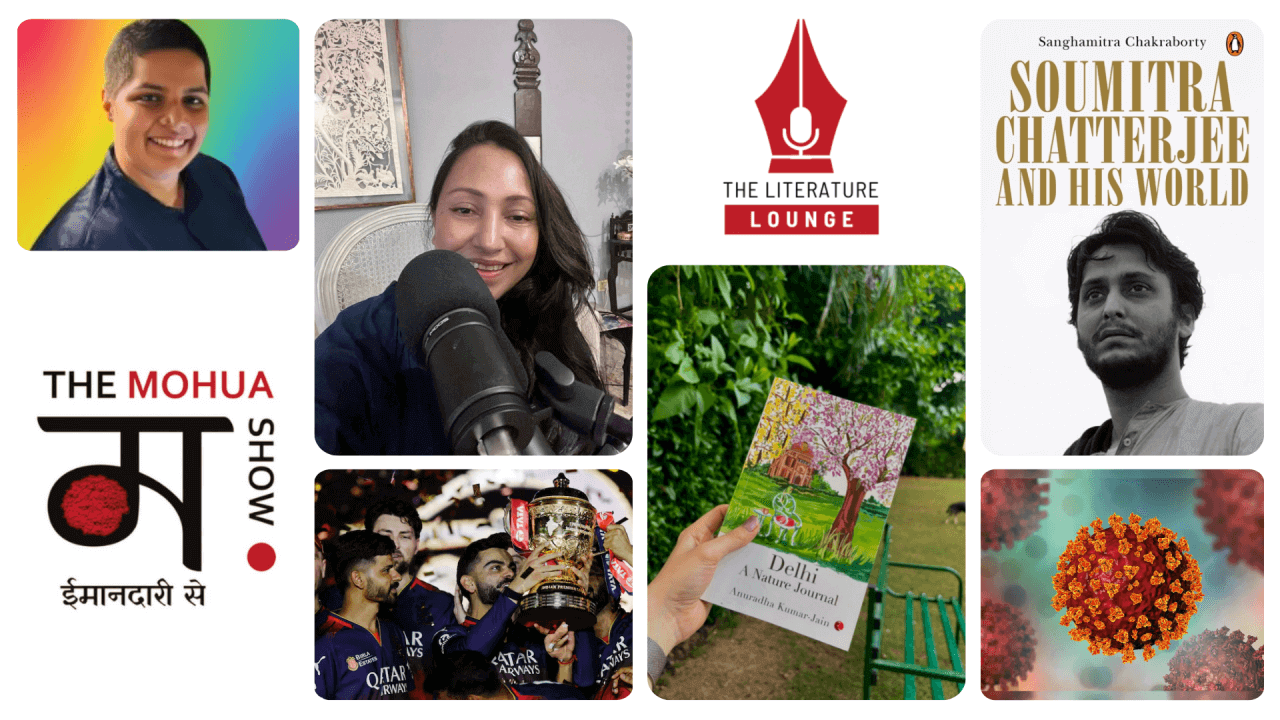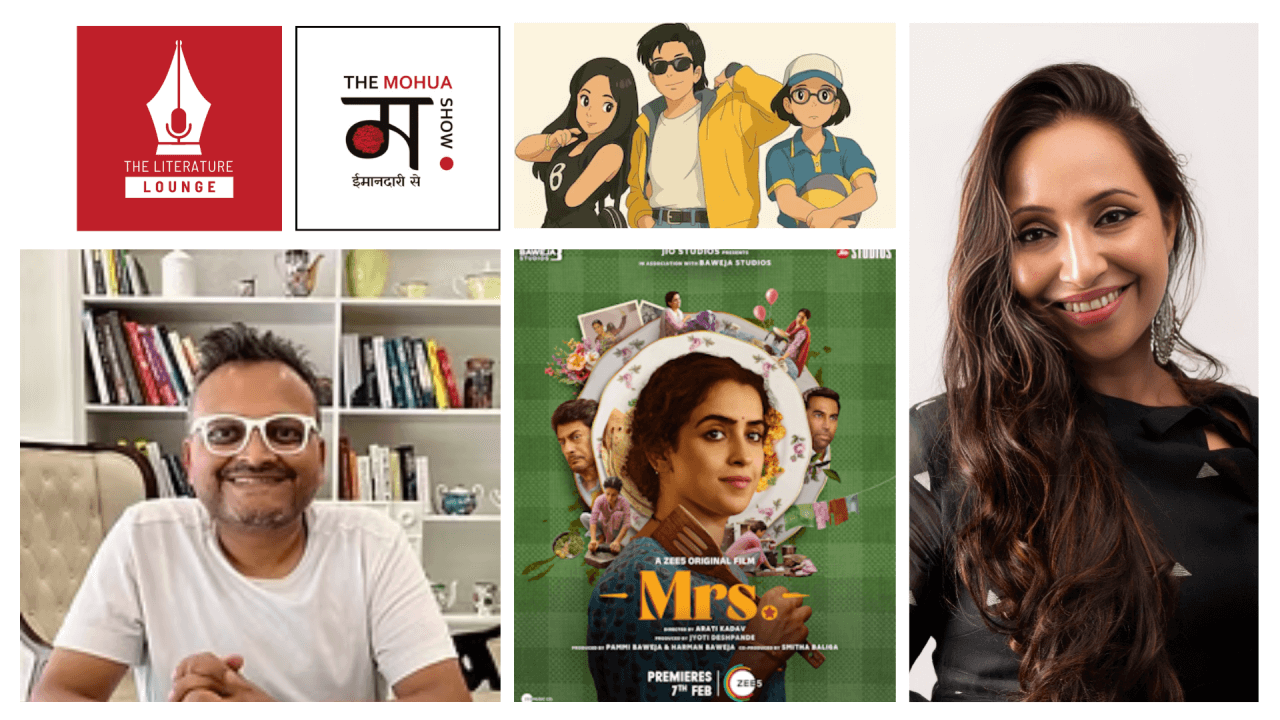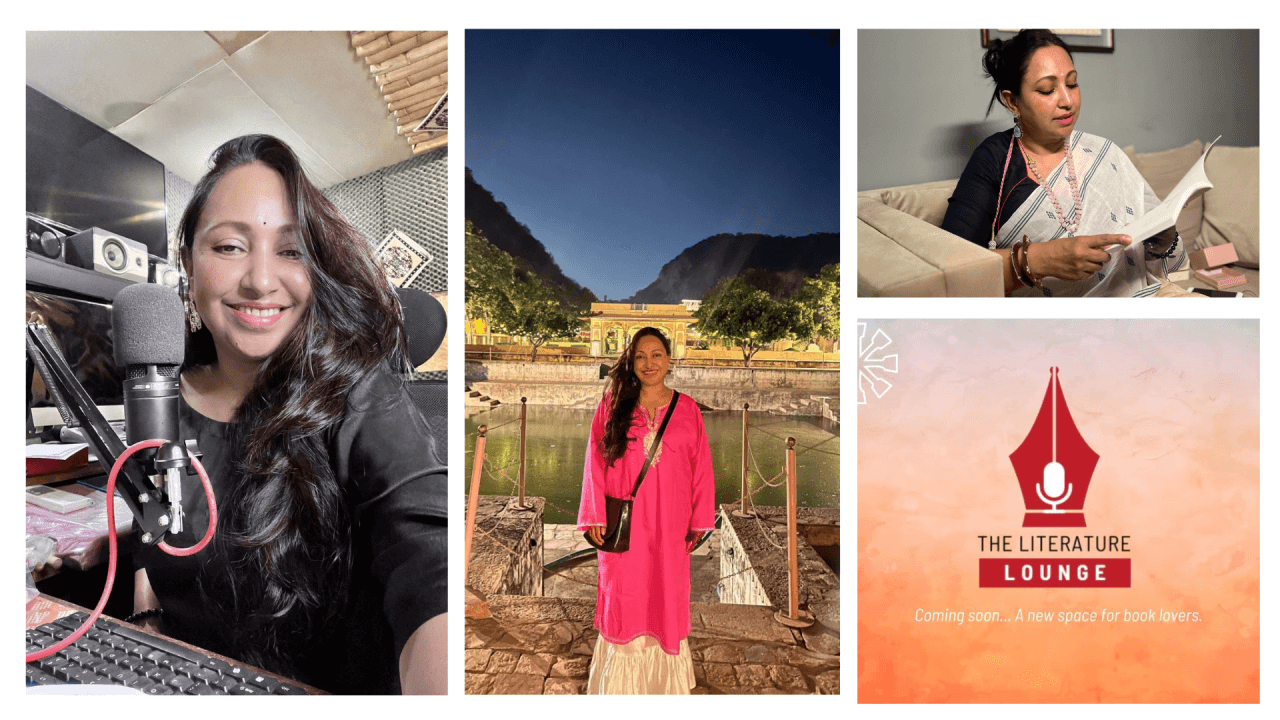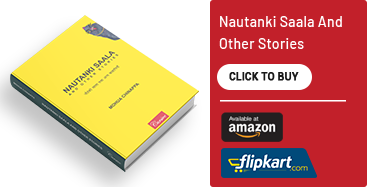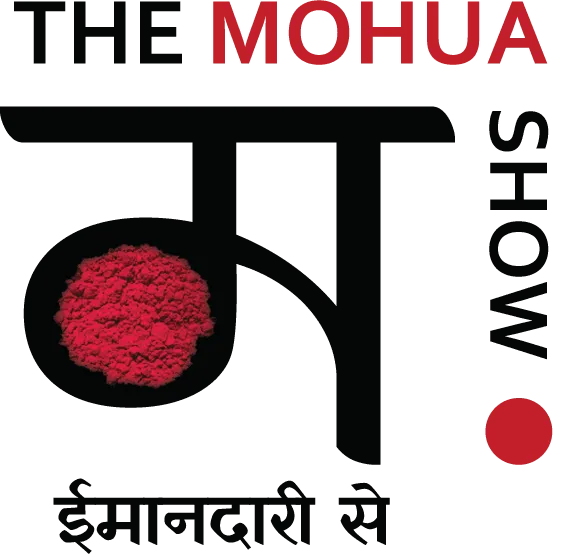From Tradition to Sustainability: Redefining Indo-Asian Fashion for the Modern Era
Indo-Asian fashion has long been admired for its vibrant colors, intricate craftsmanship, and timeless elegance. Rooted in rich cultural traditions, this unique fusion of Indian and Asian aesthetics has captured the imagination of fashion enthusiasts around the world. However, as we enter an era marked by environmental consciousness and ethical considerations, the fashion industry is undergoing a profound transformation towards sustainability. In this blog post, we delve into the evolution of Indo-Asian fashion, highlighting how designers and consumers are embracing sustainable practices while staying true to the essence of this cherished cultural heritage.
Traditionally, Indo-Asian fashion has been synonymous with opulent fabrics, intricate embroidery, and ornate embellishments. While these characteristics continue to hold a special place in the hearts of fashion connoisseurs, there is a growing awareness of the environmental and social impact associated with the production and consumption of such garments. Designers, inspired by the need for change, are reimagining their creative processes to align with sustainability principles.
One of the key aspects of this transformation is the focus on ethical sourcing and production. Designers are increasingly conscious of the environmental footprint of their materials, opting for organic and natural fabrics that have minimal impact on the planet. By embracing sustainable alternatives like organic cotton, bamboo, and hemp, they are reducing water consumption, minimizing chemical use, and promoting biodiversity conservation.
Furthermore, the shift towards sustainable practices extends to the entire supply chain, from production to distribution. Designers are collaborating with local artisans and craftsmen, supporting fair trade practices and empowering communities. By preserving traditional craftsmanship, Indo-Asian fashion not only retains its cultural heritage but also ensures the livelihoods of skilled artisans who have honed their craft over generations.
In addition to responsible sourcing and production, the concept of slow fashion is gaining momentum within the Indo-Asian fashion scene. Slow fashion advocates for mindful consumption and encourages a shift away from the “fast fashion” culture that promotes disposable clothing. Designers are creating timeless pieces that transcend trends and are meant to be cherished for years to come. Consumers, too, are embracing this philosophy, valuing quality over quantity and investing in garments that reflect their personal style and values.
This evolution towards sustainability in Indo-Asian fashion is not just limited to the design and production processes; it is also influencing the mindset of consumers. People are becoming more conscious of the social and environmental impact of their fashion choices and seeking out brands that align with their values. By supporting sustainable Indo-Asian fashion, consumers are not only making a fashion statement but also contributing to a more ethical and environmentally responsible industry.
The transformation of Indo-Asian fashion towards sustainability reflects the changing values and demands of the modern era. By embracing ethical sourcing, preserving traditional craftsmanship, and advocating for slow fashion, designers and consumers are forging a new path that preserves the essence of this cultural heritage while promoting a more sustainable future. Through this evolution, Indo-Asian fashion continues to captivate the world with its beauty and charm, now with a renewed commitment to the planet and its people.
The Evolution of Indo-Asian Fashion:
Indo-Asian fashion has undergone a remarkable evolution in recent years, as designers have embraced sustainability and ethical practices. The fusion of Indian and Asian aesthetics, known for its vibrant colors, intricate details, and luxurious fabrics, has now found a new dimension by incorporating eco-friendly materials and production techniques. This shift reflects a growing recognition of the need to protect the environment and preserve the rich cultural heritage associated with Indo-Asian fashion.

Sustainable Materials and Production Techniques:
One of the key pillars of sustainable Indo-Asian fashion is the use of eco-friendly materials. Designers are opting for organic and natural fabrics, such as organic cotton, hemp, and bamboo, which have a reduced environmental impact compared to conventional materials. These sustainable alternatives minimize the use of harmful chemicals and reduce water consumption, thereby promoting eco-consciousness throughout the production process. Additionally, designers are exploring innovative techniques like natural dyeing and zero-waste pattern cutting to further minimize waste and pollution.

Ethical Supply Chains and Fair Trade Practices:
Incorporating sustainability into Indo-Asian fashion goes beyond materials and production methods; it encompasses the entire supply chain. Designers are increasingly working closely with local artisans and craftsmen, ensuring fair trade practices and empowering communities. By supporting traditional craftsmanship and providing fair wages, Indo-Asian fashion not only preserves cultural heritage but also fosters social and economic sustainability. This approach creates a positive impact on the lives of artisans and promotes a more inclusive and ethical fashion industry.

Incorporating Eco-Friendly Designs:
Sustainable Indo-Asian fashion extends to the design itself. Designers are creating garments that are versatile, timeless, and made to last. They focus on longevity, encouraging consumers to invest in quality pieces rather than indulging in fast fashion trends. By designing timeless silhouettes and incorporating classic elements, these garments can be worn and cherished for years, reducing the need for constant consumption and minimizing fashion waste.

Cultural Preservation and Innovation:
While embracing sustainability, Indo-Asian fashion designers are also committed to preserving and celebrating cultural heritage. Traditional motifs, embroidery techniques, and craftsmanship remain at the heart of these designs. However, innovation plays a significant role in infusing a contemporary and eco-friendly twist. Designers experiment with eco-friendly printing techniques, incorporate recycled elements, and blend traditional craftsmanship with modern aesthetics. This fusion creates a unique and sustainable Indo-Asian fashion that honors cultural roots while appealing to the tastes of the modern era.

In conclusion, the transformation of Indo-Asian fashion towards sustainability is a testament to the fashion industry’s commitment to environmental responsibility and cultural preservation. By adopting sustainable materials and production techniques, promoting fair trade practices, and incorporating eco-friendly designs, Indo-Asian fashion designers are redefining the industry’s landscape. Through this evolution, they are embracing a harmonious balance between tradition and innovation, ensuring that the beauty and charm of Indo-Asian fashion continue to captivate the world while contributing to a more sustainable future.
Are you in the look out for good podcasts for women? Explore a range of trending podcasts in The Mohua Show. Listen to the best podcasts for women from across the globe. Know about the experiences of these empowered women who have successfully managed their personal and professional lives.

